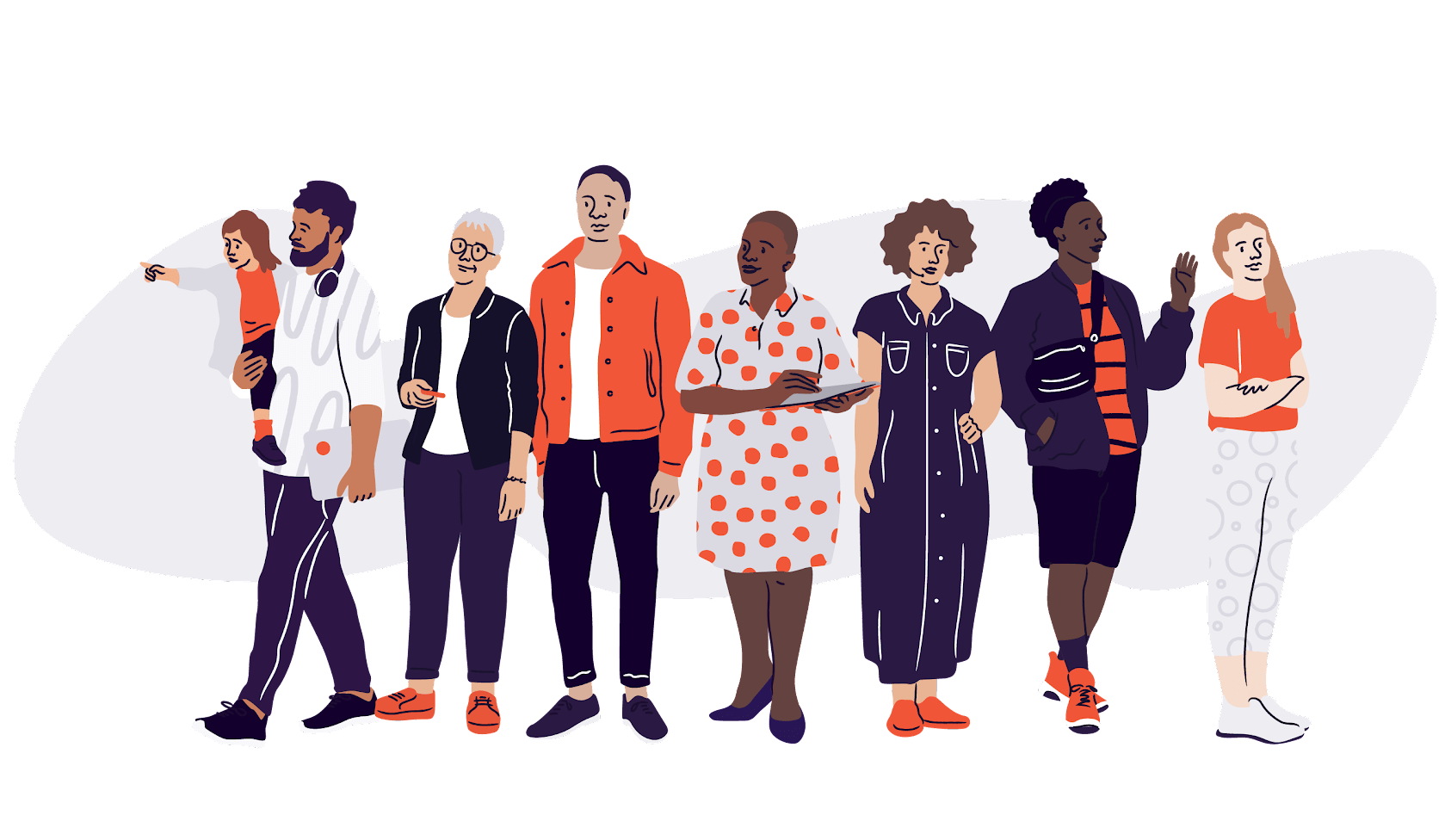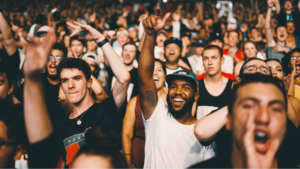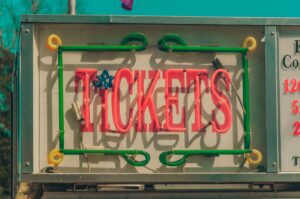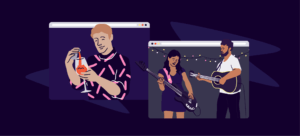Pricing your tickets is an art — and a science. You want to sell as many tickets as possible, but if you price too low, your profit margins could plummet. Price too high, and you risk hosting a near-empty event. So how do you hit the sweet spot for killer ticket sales?
“One of the biggest mistakes event creators make is not spending enough time on pricing,” says Nels Gilbreth, VP, Pricing & Monetization at Eventbrite. “People are afraid to charge differently for things like VIP tickets or early bird tickets, but these are so common to the consumer.”
The reality is there are multiple sweet spots, and by using tiered pricing you can hit each potential attendee’s perfect price.
Pros and cons of tiered pricing
The biggest pro of tiered pricing is that offering a variety of ticket types and price points attracts more customers. You appeal to those who perceive a greater value in higher prices while serving others who may only be able to afford the lower tiered price. What’s there not to like?
When trying to decide what your tiered pricing will look like, don’t be afraid to reach out to potential attendees. Ask them what they find appealing about your event, but stay away from asking price related questions. Instead, focus on the experience and what compels them to attend in the first place.
Although there’s a variety, tiered pricing examples can go into four core groups:
- Regular tickets: Standard general admission
- Special access: Gives attendees something extra for a higher price. For example, VIP, early access, or a backstage pass
- Targeted discounts: Gives discounts to all groups that can “prove” membership. For example students, children, or members of the military
- Group discounts: Offers discounts for bulk purchases, for example, a pack of six tickets for one price
While these are the most common types, these are not the only options for ticket tiers. For example, reserved seating sections in general admission events will likely cost more because they are reserved in advance and provide a good view of the show.
That said, there are some cons of tiered pricing. You’re going to have to price test out in the wild, which can be scary. What if your idea flops? If you’re using a ticketing technology partner with reporting capabilities, you’ll be able to see how different tiered ticket types perform. It may take a few iterations to completely understand what customers are willing to pay for, but that experimentation will boost your bottom line.
Make sure your tiered ticket strategy has more pros than cons by using these four ways to sell more tickets — and make more money — using tiered pricing.
1. Generate advance interest with early bird tickets
Creating urgency around your event will boost perceived value and excite potential attendees. To incentivize interested attendees to buy their ticket early, offer an exclusive discount to early bird purchasers.
You can set a certain time period for the discount (say, the first week of sales) or limit it to a certain number of uses (say, the first 50 tickets purchased). By rewarding attendees who buy before a deadline, you’ll motivate them to commit earlier.
The words “sold out” are like gold for sales. Once people see that your early bird tickets are snatched up, they’ll rush to grab remaining tickets before they’re gone. Ultimately, that means you’ll sell more tickets and increase your profit.
Takeaway: The early bird pricing strategy is a no-cost, extremely effective way to generate buzz for your event.
2. Use dynamic pricing
According to Gilbreth, most organizers increase ticket prices three times throughout their on-sale. Dynamic pricing is a smart way to gauge interest and learn what attendees are willing to pay.
For instance, BottleRock Napa Valley used time-based pricing to sell the majority of their tickets within the first five weeks. They set one price for the first wave of tickets, and once those were sold out, they moved to the next (slightly more expensive) tier.
“Tracking helps us understand what our price points should be going out for presale, how many tickets should go out for the on-sale price, and what our price points should be going forward,” says Dave Graham, BottleRock’s producer.
Takeaway: Dynamic pricing comes in handy when trying to determine price points for future ticket sales and gives insight into what attendees are willing to pay.
3. Incentivize big spenders with your VIP offerings
VIP packages don’t just drive interest. They drive ticket sales. In a survey of 1,000 music festival attendees, a third of VIP ticket buyers say the lack of a VIP package influences whether they’d attend the festival at all.
And these attendees are ready to pay the price. In general, around 45% of VIP buyers are willing to spend 50% more than the cost of a GA ticket to upgrade. A little more than a quarter of them are willing to pay double. And about 14% of them are willing to pay more than double the GA price.
You just need to make sure the experience they pay for is worth the extra cost.
For instance, Arizona Beer Week sells VIP tickets to a Brewers Reception the night before the main festival kicks off. Attendees are treated to live music, 10 drink tickets, and a food voucher — in addition to their VIP status at the main event.
By offering a more luxurious experience for these enthusiastic aficionados, they build a loyal audience — and do it at a higher price point.
Takeaway: Attendees are more than willing to pay for a VIP upgrade, but you have to make the experience worth the increase in price.
4. Charge more for tickets sold onsite
Still have tickets available on event day? Sell them onsite — for a higher price. If people are showing up at your door, they’re willing to pay more to come to your event — and that’s a good thing.
Don’t be afraid to let event-goers know that prices go up for day-of sales. If a higher price is a deterrent, they’ll be more motivated to buy in advance.
When you increase your fees in tiers over time, always show the full, at-the-door price next to the current price. This shows attendees what they’ll be paying if they don’t purchase soon, and incentivizes a faster purchase.
Takeaway: Selling tickets at the door for a higher price — and letting attendees know in advance — can help create urgency and boost advance sales.
Pricing your tickets is one of the most challenging — and most important — elements of managing your event. Download Executive Strategy: How to Price Your Tickets for more tips to sell out your event — at the exact price attendees are willing to pay.





